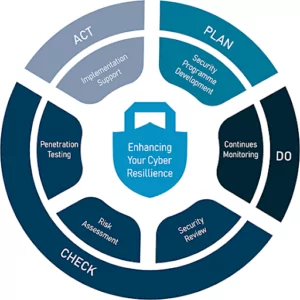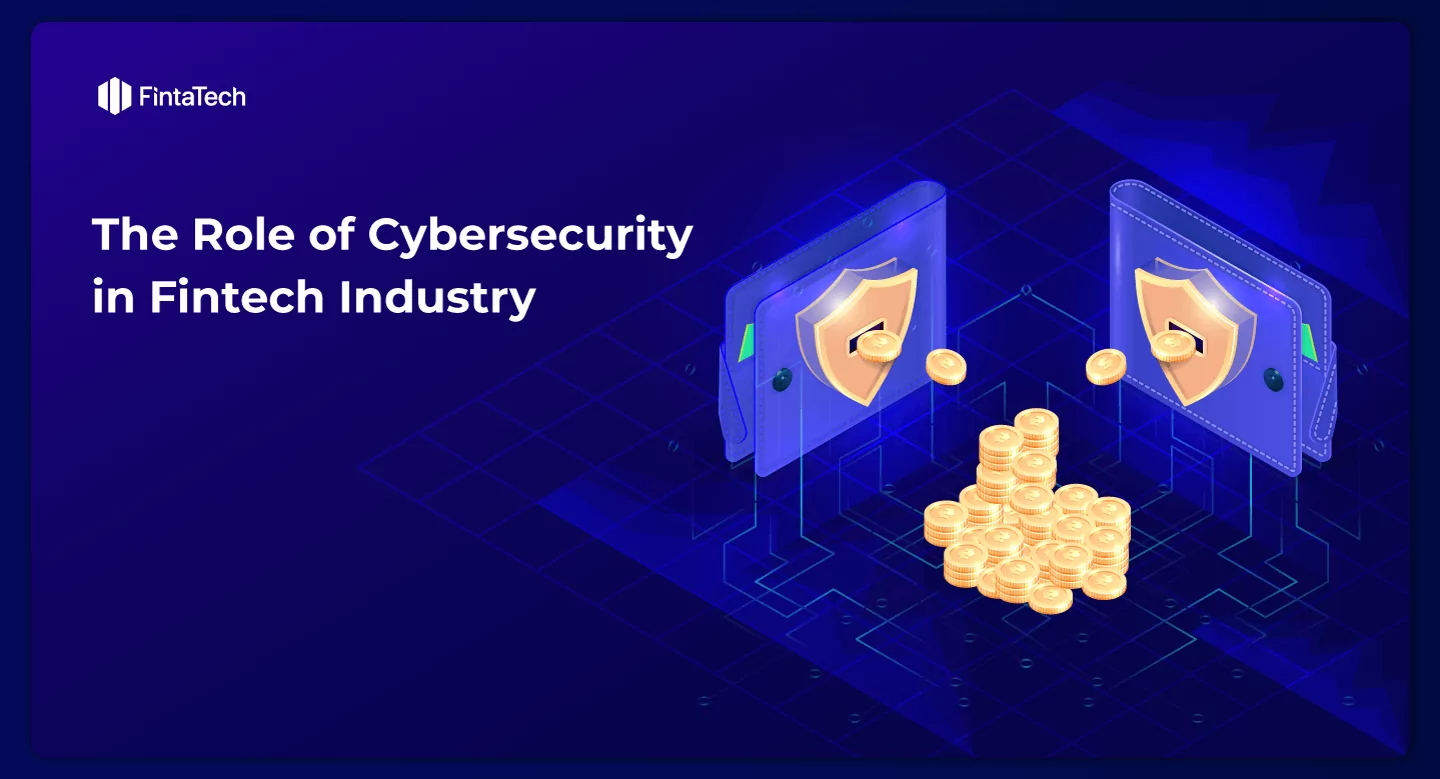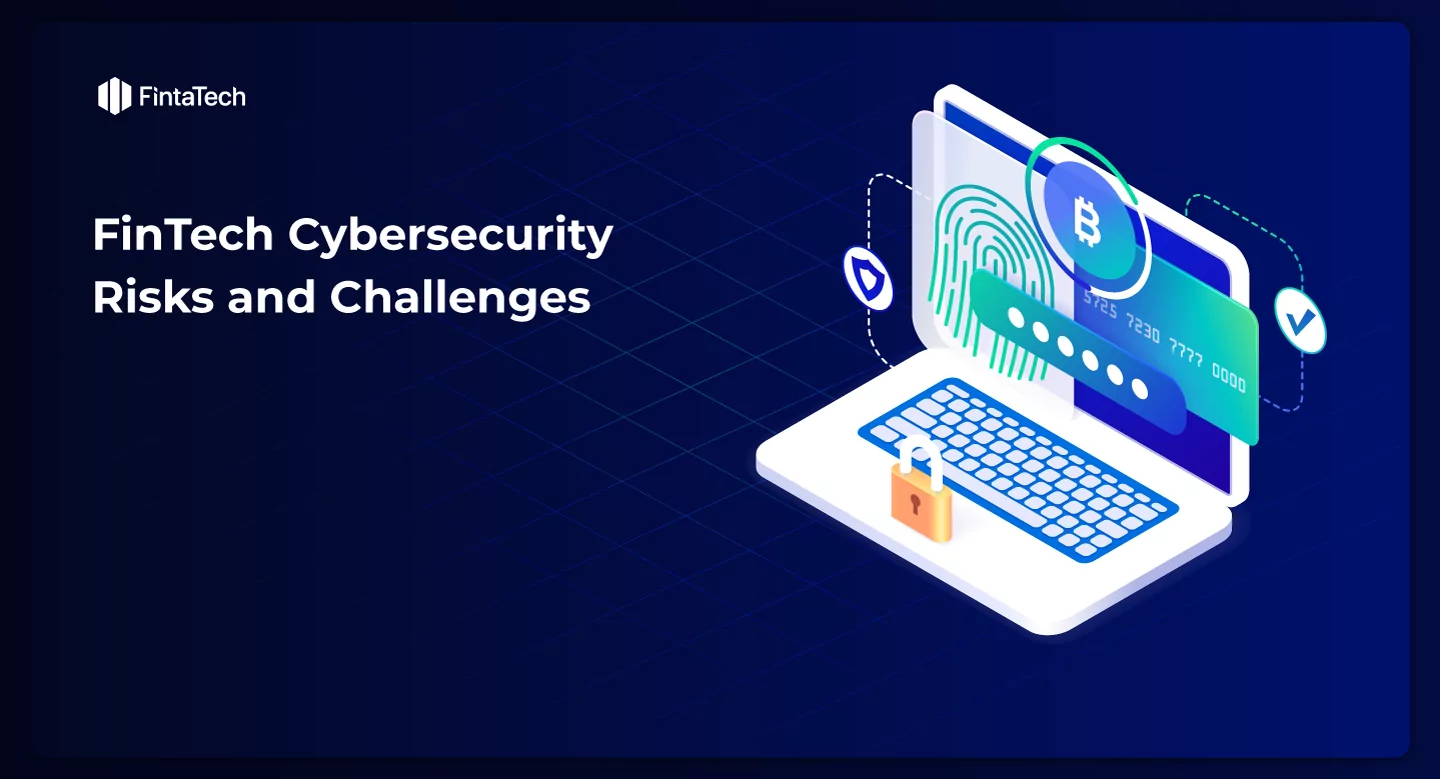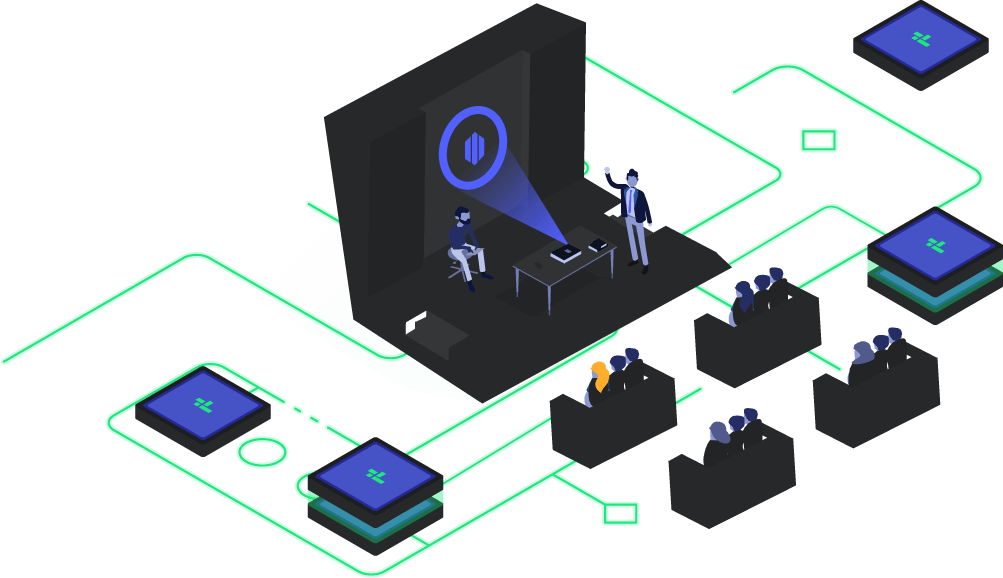Fintech industry has seen tremendous progress in its development over the past years. It will be fair to say that the pandemics helped forward technological acceleration and touched many areas of business, including financial technologies.
The fast growth of fintech industry has presented major opportunities and at the same time challenges. Going contactless and using services remotely are incredibly convenient and hard to imagine our lives without today.
Unfortunately, the growth of cyberspace brought increase of cybercrime. According to statistics reports by Statista, the overall financial damage caused by cybercrime almost doubled in the last two years. Along with financial losses, companies suffer from reputational damage and customer outflow. Therefore, we should always remember that financial services go hand in hand with sensitive data, and it is companies’ utmost goal to protect that data from cybercriminals.
The more fintech moves towards digital experiences, the more points of compromise appear. Every point of transaction or origination may become a target for a cyberattack. Increasingly, the risk of cyberattack does not come from the front door but through a side door – often through relationships that organisations have with other providers. Therefore, assessing and managing risks that may come through vendors in real time is increasingly important.
Let us have a look at the most common security risks and challenges that fintech faces.
Identity fraud and identity theft. Users of fintech applications and websites enter sensitive information about their ID and finances. This data becomes a target for cybercriminals who can use password-cracking techniques and gain access to users’ accounts and money. It is a constant battle for service providers to keep this information as secure as possible. Therefore, using multi-factor authentication is widely applied to keep those risks down.
Securing applications and networks. Networks and applications are part of business development and, of course, face risks of cyberattack. Hackers can target the application to further get access to the entire network.
Cyberattacks. There are three main types of cyberattacks:
– DoS (Denial of Service) – when the intended users cannot access services due to machine or network attack;
– Phishing – when cybercriminals present themselves as legitimate business or agency to get users’ information to access applications and their accounts;
– Ransomware – when users fall victims of malware that blocks them from accessing systems, networks, files etc. and pressures them to pay ransom to get it back.
Data protection against breaches. Fintech collects and handles large amounts of sensitive data. Daily transactions is the least complicated online operation for hackers to crack. If it happens, regulatory bodies will hold fintech companies liable for this.
Money laundering. Fintech companies work with cryptocurrencies. Despite the largest benefit of anonymous transactions that cryptocurrencies offer, this may have a dark side to it when it comes to money laundering and crypto thefts done by cybercriminals.
Compliance with data protection and security regulations. The General Data Protection Regulation (GDPR) that came into effect in May 2018 became the toughest mechanism against violation of data privacy and security. Additionally, there are standards like KYC (Know Your Customer), PCI DSS (Payment Card Industry Data Security Standard) and Payment Services Directive (PSD) that fintech companies must adhere to at all times.
Compliance with banking regulations. Due to the nature of financial industry, it has always been one of the most highly regulated areas. Dealing with money and having access to PII (Personally Identifiable Information), all operations of fintech companies are regulated by official bodies that require implementing data protection measures and are hold responsible should they fail to do so.
So how to withstand the security risks and challenges in fintech?
The role of cybersecurity in fintech is hard to underestimate. Cybersecurity is the key to creating a secure and truly successful product. In order to minimise the risks, fintech companies should prepare a cybersecurity program that will be able to secure networks and systems from attacks and prevent those attacks in the future. The Plan-Do-Check-Act process is a helpful tool for preventing risks like these.

1. Protect network and infrastructure
Protecting your network and infrastructure from hackers’ attack is the first line of defense in cybersecurity. As an ever-evolving mechanism, cybersecurity should undergo regular reviews, updates and improvements to keep your company systems safe.
2. Protect cloud storage
Fintech companies deal with large volumes of data and often use cloud services to store the information. Having cloud security strategy that is regularly reviewed and updated as new threats appear, will help organisations to minimise the risk of attacks.
3. Prioritise security in development
Take a security-first approach when you develop an app. It enables to monitor and manage threats in real time using tools and techniques that protect stored data.
4. Test your app
Before launching your app, run a penetration test that enables identify the app vulnerabilities and eliminate the risks of cyberattack. Penetration tests can be done at any stage of the app development, including the pre-launch stage.
5. Enhance logging-in protection
In fintech, user’s personal information is the most vulnerable point that can come at cost to fintech companies. Implement strong authentication method to protect your users’ identity and personal data that include strong passwords and multi-factor authentication process.
6. Get certified
Certification may not guarantee full protection from cybercriminals; however, it will help your company to put cybersecurity risk management programme in place. The programme helps identify and manage vulnerabilities as well as assess third party risks.
7. Check and review
Accept the fact that the moment you have your cybersecurity programme in place, you will need to check everything again. Regularly run checks and continuous reviews is part of the plan to keep you networks, systems and apps secure. Stay alert at all times and remember that the safety of your company is in your hands.
As you can see the role of cybersecurity in fintech industry pretty much determines the success of your company because if you cannot keep your clients’ data, your systems, networks and your files safe, your business is unlikely to survive.
If you are unsure of how to protect your data, here at Fintatech, we stay on top of innovations and developments that help address critical needs in the area of cybersecurity. Get in touch with us and we can help with the right piece of advice on how to secure your company data.



Twitter
Linkedin
Facebook